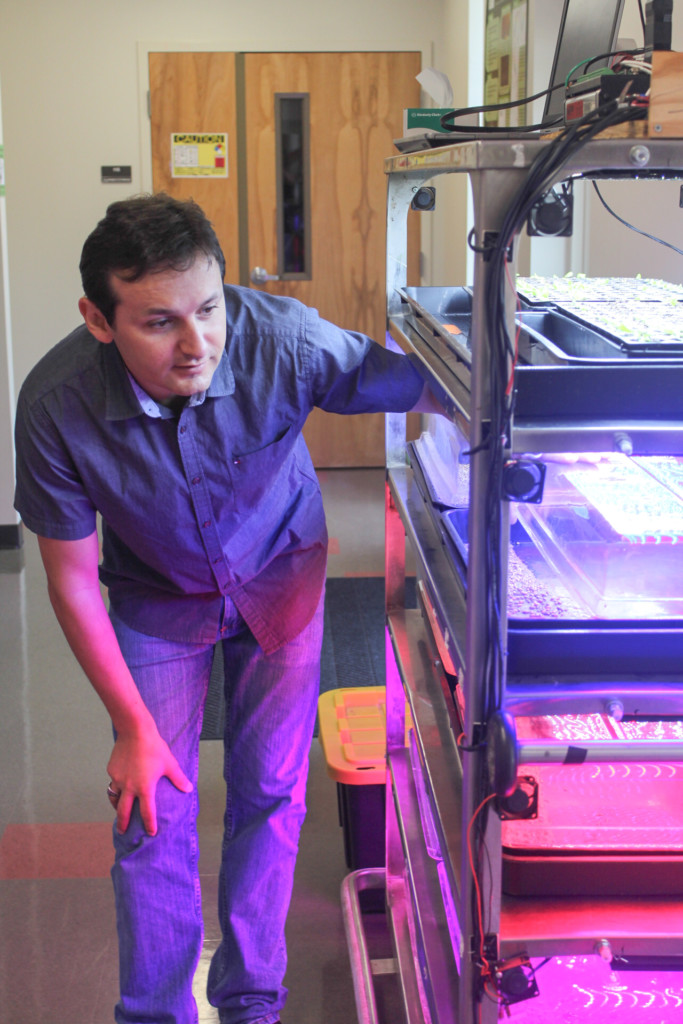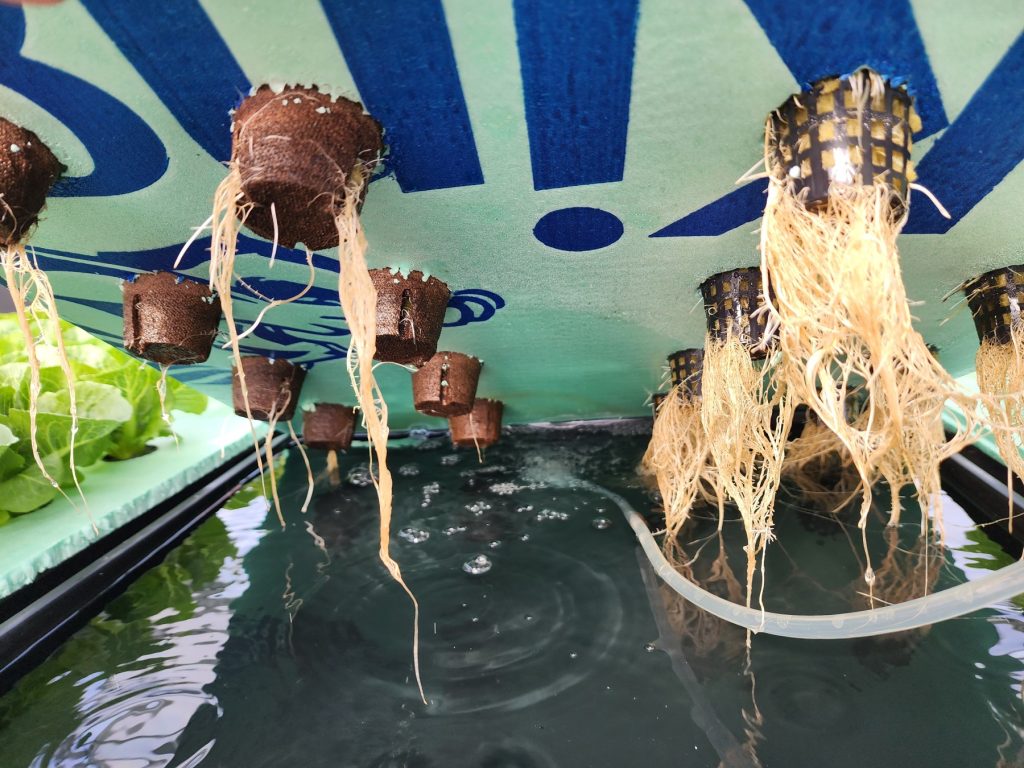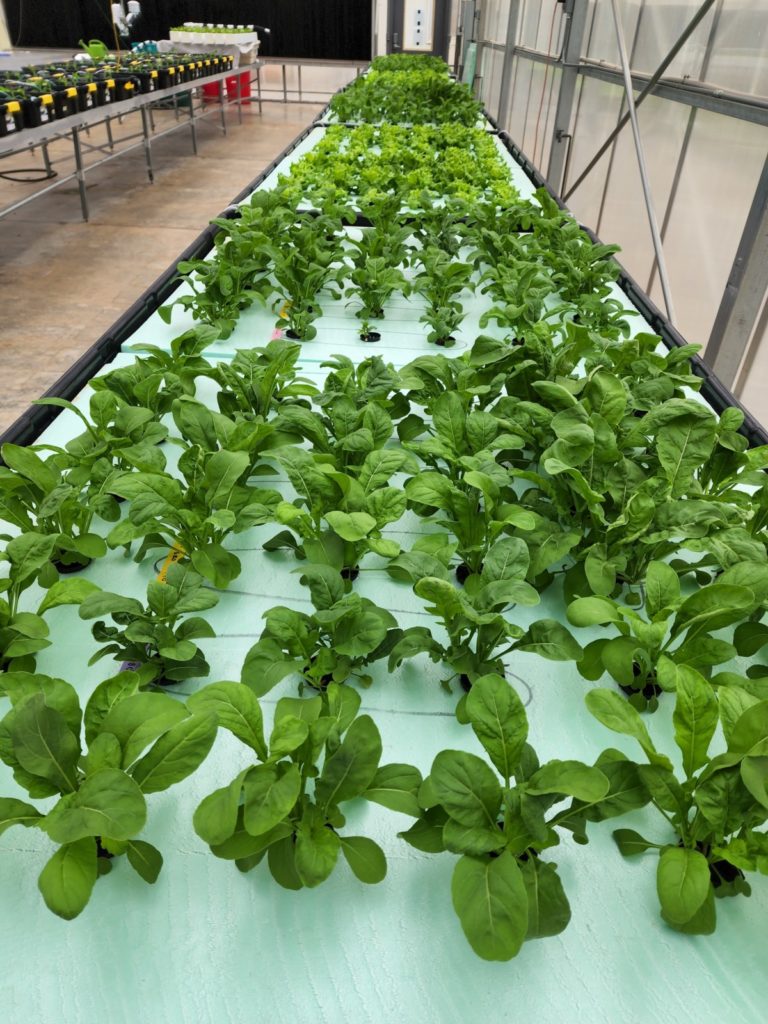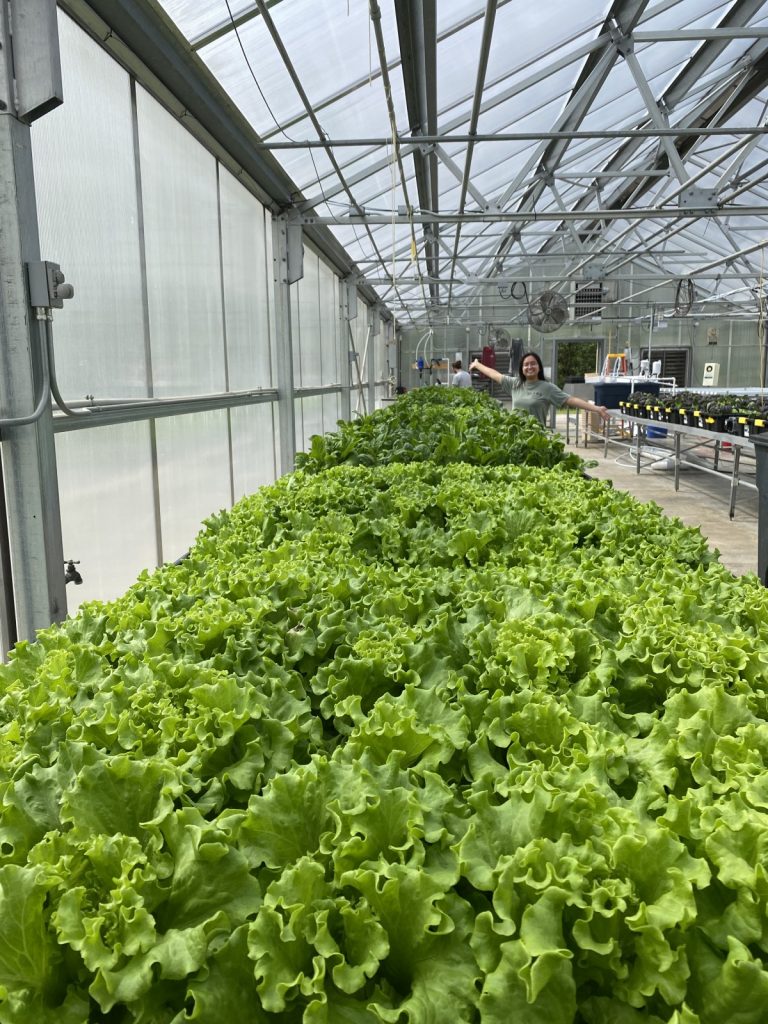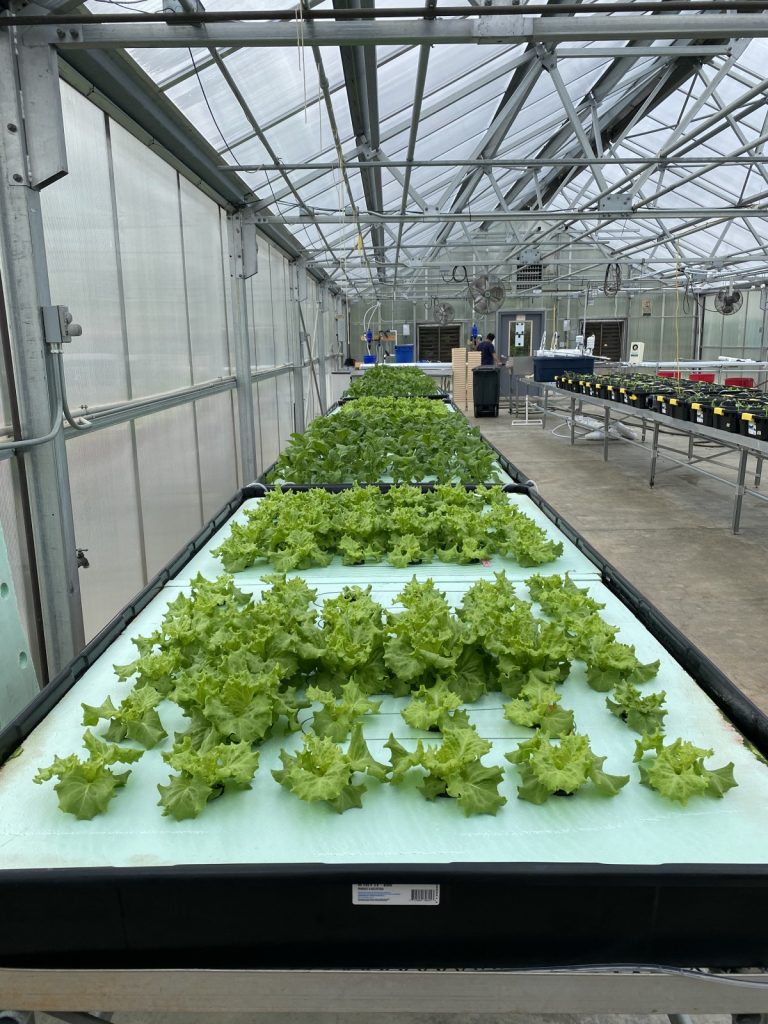Controlled environment agriculture (CEA) is a broad term, usually defining the production of specialty crops, edible, medicinal, and ornamental, in indoor systems – frequently in soil-free systems – with the technology to control the environment, such as greenhouses and vertical farms/plant factories.
For many years, we have used classic methods for plant production in the field and the greenhouse. Our lab will challenge these assumptions using new technologies on precision irrigation (different hydroponics systems and water management), plant nutrition (nutrient management and sap analysis), lighting, biopharmaceuticals, biofortificants, crop physiology and cropping systems (substrates, biostimulants, and high-throughput phenotyping in greenhouses, and calcium accumulation in lettuce and spinach under increasing air flows in vertical farms) for various horticultural specialty crops.
I am studying plant responses to different production factors and developing methodologies to maximize plant growth rate, development, morphology, and physiology and ultimately improve horticultural crop yield, quality, and profitability.

Precision irrigation
We are investigating the best hydroponics systems and water management strategies in hydroponics to maintain adequate plant growth in CEA.
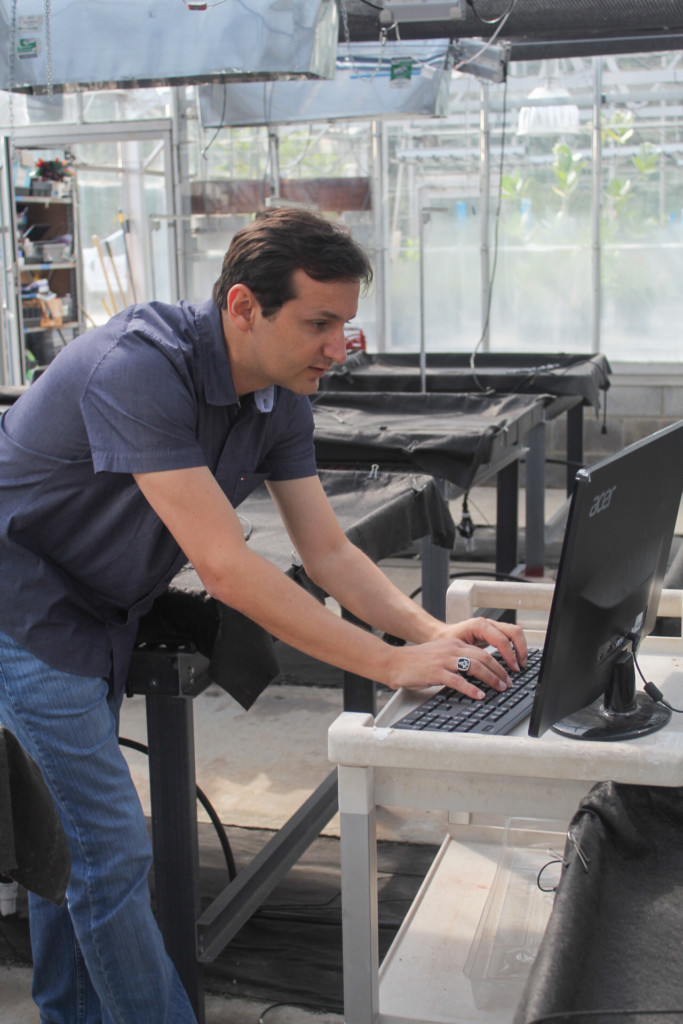



Our lab has extensive experience with soil moisture sensors, ebb-and-flow subirrigation, and irrigation automation using low-cost open-source platforms (Arduino and Raspberry Pi).
Plant nutrition
We want to start finding the best approach to maintain an adequate fertilizer solution in large-scale systems and reduce – and why not eliminate – solution waste to minimize the potential for environmental contamination. Another field that I want to investigate is the fertilizer recipe for multiple crops, sources, timing, supplemental nutrient application, and biostimulants.

Plant sap analysis is a powerful option for determining nutrient status. The sap is defined as the liquid portion extracted from the xylem and phloem, which are the conductive tissues in the plant. The nutrients in the sap are readily available for the development of the plant. Therefore, sap analysis is compared to a tree “blood test”.
An early determination of the plant nutrient status is beneficial for managing fertilization because plant sap analysis relies on real-time information. Plant mineral levels, nutritional deficiencies, and excesses could be determined before they cause any damage to plant development and, consequently, reproductive stages. Different sap analysis methods are available for vegetable crops and include comparing the sap of new vs. old leaves. The purpose of this comparison is to assess nutrient mobility between new and old growth. This comparison also makes it possible to indirectly infer nutrient uptake and predict interactions such as synergisms and antagonisms.
There is plenty of knowledge for sap analysis in vegetables but not much for CEA. Moreover, the sap extraction and result interpretation are bottlenecks since they vary from crop to crop. Sap analysis is becoming a hot topic in CEA because some producers started using it as an extra tool to guide quick fertilization decisions. However, there is a need to establish the sampling timing, tissue age, sample size, sampling frequency, extraction and analysis methods, and sufficiency ranges. We also need to interpret results for different short-term crops with tender tissue and compare the results with leaf nutrient concentration since that is the standard.





Lighting
Controlled environment agriculture (greenhouses and plant factories) can help meet the challenge of more intensive, profitable, and sustainable specialty crop production. The greenhouse industry is a well-established and important component of US agriculture, with a 2015 farm-gate value of ~$6.5 billion. For efficient year-round production in greenhouses, supplemental light is often beneficial, but the expenses can be high. The electricity required for supplemental lighting in greenhouses can account for up to 20-30% of variable costs. Plant factories, an emerging technology where plants are grown indoors, provide total control over environmental conditions, but production relies entirely on electric lighting. Electric lighting and air-conditioning combined can account for 50-60% of the variable costs in plant factories. Through Project LAMP, our team is helping growers get more value out of their lighting systems by providing horticultural and economical information and tools to manage the lights for optimal crop growth and quality and to maximize the return on investment. Project LAMP website: https://hortlamp.uga.edu

Biopharmaceuticals & Biofortificants
Biopharmaceuticals are pharmaceutical drug products manufactured in, extracted from, or semisynthesized from biological sources such as plants. Biofortification, conversely, is the process of breeding or performing cultural practices in crops to increase their nutritional value. At the Ferrarezi lab we are studying alkaloids and flavonoids that can be produced I the greenhouses and vertical farms after plants have been exposed to certain select environmental stresses.

Crop physiology
In CEA, crop physiology is employed to comprehend how plants respond to various environmental factors. This knowledge optimizes plant growth, development, morphology, and physiology, enhancing crop yield, quality, and flavor. Mostly all our research projects study crop physiology in different ways.

Cropping systems
Sound cropping systems are based on new technologies and reliable experimental data. For this reason, the Ferrarezi lab is covering several aspects of horticulture to improve CEA production and better quantify the impact of the environment to plant performance.
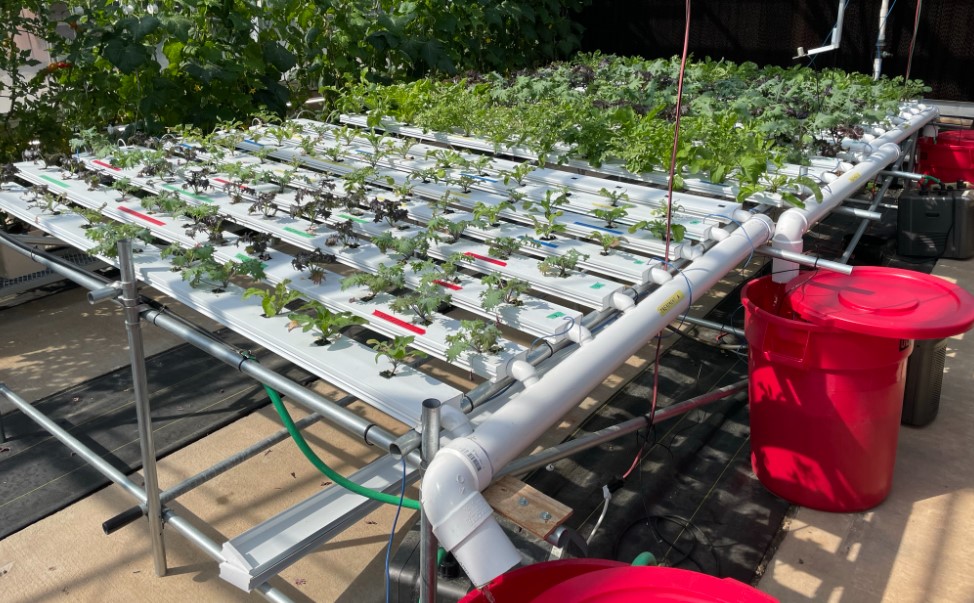
Our lab is currently researching substrates, biostimulants, and high-throughput phenotyping in greenhouses, effect of temperature on dissolved oxygen, and calcium accumulation in lettuce and spinach under increasing air flows in vertical farms. Exciting stuff!
